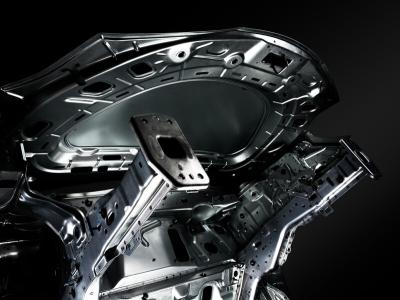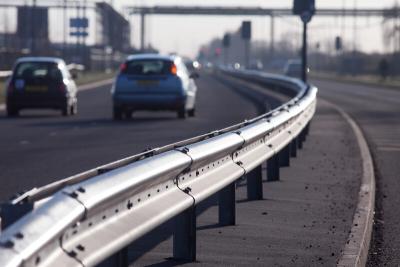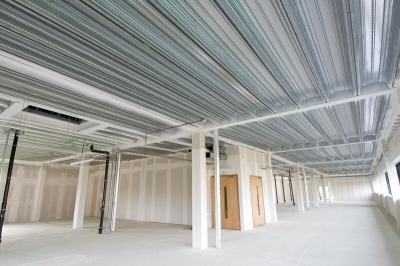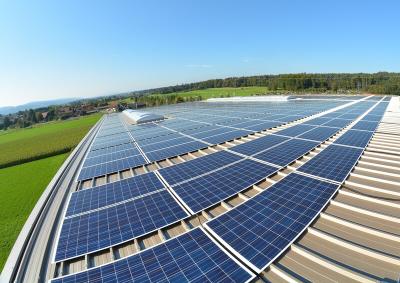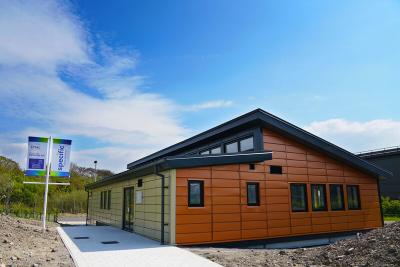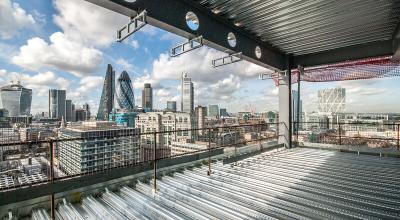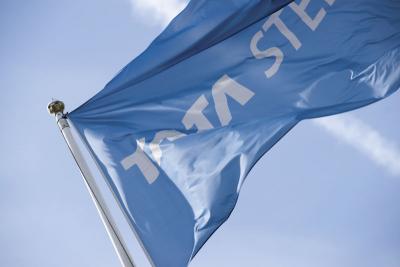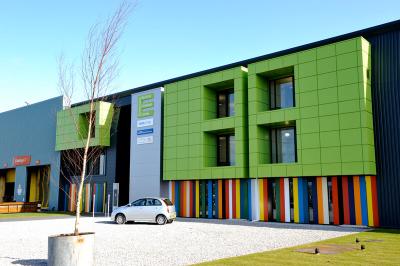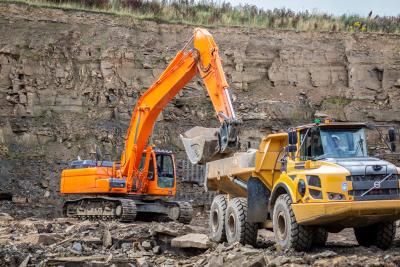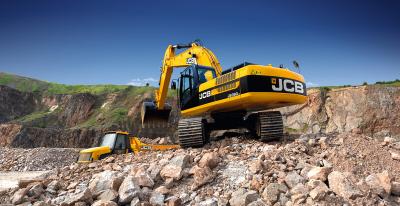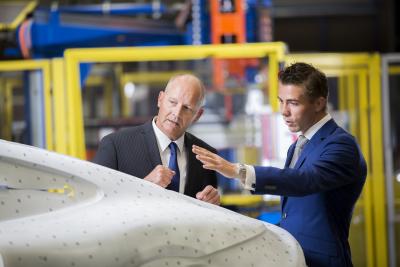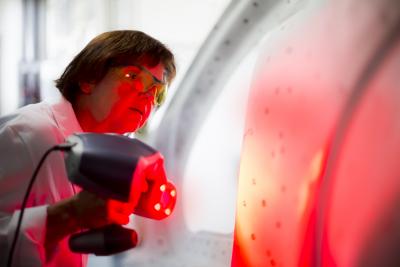Modern methods of construction (MMC) represent an exciting opportunity for the construction industry to put in place more efficient and less resource intensive practices. From a sustainability point of view, the goal is a circular economy: extending the life of resources and materials to minimise, or avoid entirely, the consumption of new ones.
With traditional construction methods, every building constructed is essentially a prototype. Familiar materials are installed using familiar techniques but are put together in a slightly different way every time. The lack of standardisation negatively impacts the ability of those materials to contribute to a circular economy later. The use of MMC can change that but is subject to the specific type of MMC employed on a project.

What are the different types of modern methods of construction (MMC)?
For the purposes of this blog post, there are three main forms of modern methods of construction. All have their own applications, and advantages and disadvantages.
When a project uses a volumetric system, it sees complete modules delivered to site. The modules can arrive highly finished, meaning minimal work is required post-installation.
Panel solutions are also prefabricated and delivered to site ready to assemble. As a ‘2D’ form of MMC, they are easier to transport than the modules of a volumetric system. However, they may still be subject to constraint depending on the size of the panel. The panels must be assembled on site, though a high level of finishing can still be possible in the factory.
The term ‘construction platform’ is used as shorthand for a platform approach to design for manufacture and assembly (P-DfMA). A platform is an open, standardised system, for which any manufacturer can offer a kit of parts – not unlike the approach to manufacturing seen in the automotive industry.
It is worth noting that a construction platform can be assembled on site, or it can form the basis of a volumetric or panelised system.
Manufacturing benefits of MMC as part of the circular economy
Modern methods of construction are characterised by offsite manufacture. Benefits commonly attributed to this include:
● Greater quality control and consistency in a factory environment
● Materials don’t have to be stored on site and can be used more efficiently
● Less waste is generally produced overall
The extent to which these benefits are realised, however, depends on the solution being manufactured, and the way in which it is produced.
It may be the case that existing site practices are simply replicated in a factory setting. That can improve quality and consistency, and even introduce some standardisation. A slightly more efficient use of resources may be evidenced, but is it contributing to circular economy efforts?
Is the offsite manufacturing being done using materials and components that are inherently circular, or is reliance on traditional practices minimising circular potential?
Design benefits of modern methods of construction as part of the circular economy
When we talk about design and MMC, there are two elements to design. The first is the design of the system itself, and then there is the ability of an MMC solution to help architects and designers realise their project’s design.
As we saw above, for an MMC solution to contribute to the circular economy, it must be designed with that in mind. That means designing a system to feature components that have the potential to be used for a long time, that can be adapted and used across different building types, and whose performance characteristics (including their environmental impact) are a known quantity.
For building designers, the ‘known quantity’ element is also important. Prefabrication and quality control means system components are more likely to deliver their intended performance for a longer period of time. As a result, performance gaps will be reduced or eliminated, so designers can deliver more efficient, healthier, and more comfortable buildings with certainty.
Construction benefits of modern methods of construction as part of the circular economy
Broadly speaking, MMC makes it possible to construct buildings more efficiently, saving time and money and reducing environmental impact. Prefabricated elements are particularly beneficial for sites where storage space and/or vehicle movements are restricted.
However, a key challenge for modern methods of construction in terms of its contribution to circularity is how compatible different systems are with one another.
For an individual manufacturer, prefabrication might introduce standardisation to their processes. However, there is no standardisation in terms of one manufacturer’s solution being compatible with another’s.
That introduces a level of risk for projects. If the design of a project is based around one manufacturer’s volumetric or panel system, and that manufacturer is unable to fulfil its obligation to the project, what then? It’s not possible to purchase a different bespoke system instead, as the building’s structure hasn’t been designed around the alternative.
How will the building be finished? And, if it can be finished, where will replacement components be sourced from in future if the manufacturer is not around to help?
Reuse benefits of MMC as part of the circular economy
All of this feeds into the longer-term thinking that is required in order to make a circular economy a reality. When projects have a design life of 60 or 100 years, and will potentially be in use for even longer, we find it hard to envisage what will happen to buildings in the future. It becomes somebody else’s problem.
However, the climate and biodiversity emergencies we are facing mean we cannot leave issues for other people to deal with. We must put the strategies in place now to ensure buildings, and the systems that are used to construct them, contribute to circularity as part of a net zero carbon future.
Adaptability is crucial. It will allow buildings to be changed to meet different needs, rather than demolishing and rebuilding. Maintaining, repairing and replacing components will be essential to extend the life of buildings.
And if, eventually, a building is no longer required, then it should be capable of being disassembled, so that components can be reused, refurbished/remanufactured or, as a last resort, recycled. A new building can then be assembled, with minimal demand for new raw materials.
Volumetric and panelised MMC solutions may offer some of these benefits, particularly if they are designed with disassembly in mind. If modules or panels can be added or removed, then adaptability is possible. However, the bespoke nature of many of these systems, and their lack of compatibility with each other, is an impediment to their future reuse.
This is where construction platforms come into their own. Tata Steel has been involved in several initiatives to prove the concept of construction platforms. In particular, the Seismic platform and its demonstrator building has shown how two different sets of components have been designed around one common frame.
The reuse potential of the steel components and systems in a platform like Seismic is very high, thanks to the standardisation. Many companies can supply the components and systems, thanks to it being an open platform as required by the CIH Product Platform Rulebook. That openness drives more reuse cases as a result.
To find out more about Tata Steel’s support of construction platforms, visit our dedicated MMC page.
To keep up to date on our activity in modular construction, sign up to our newsletter . Read more about Seismic









